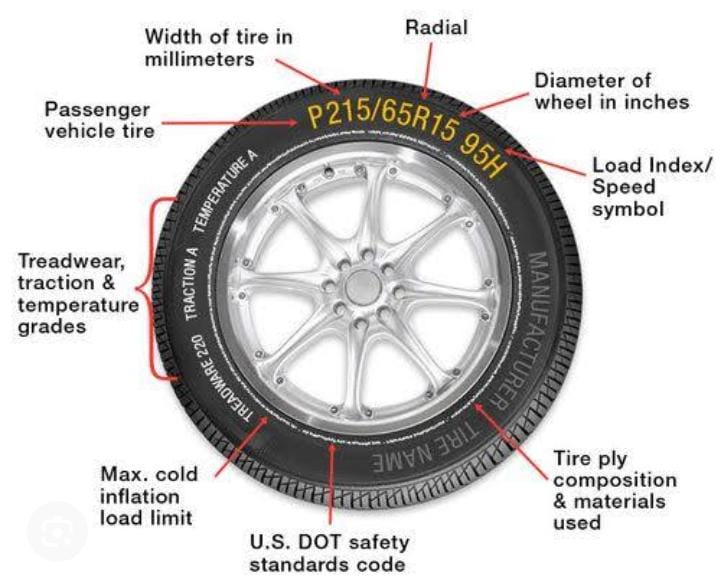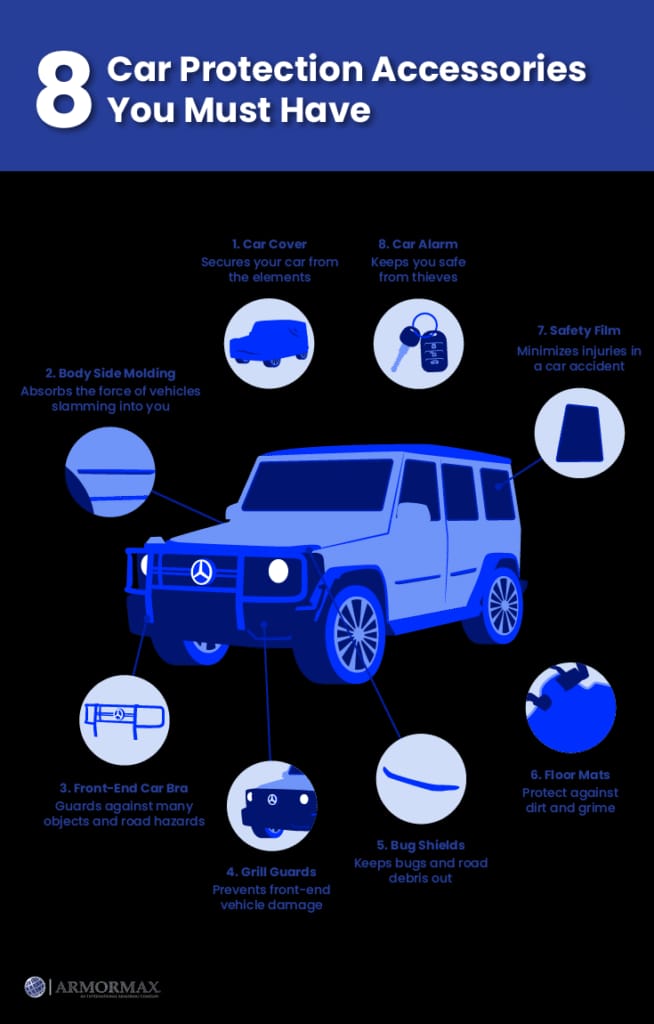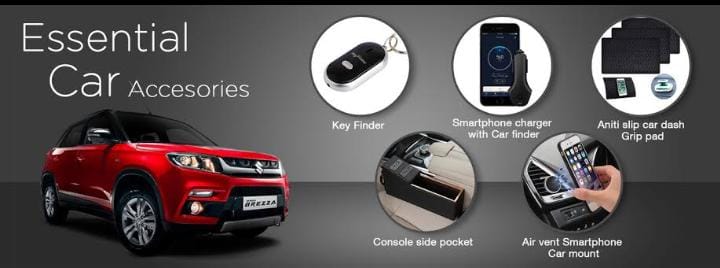Tires come in a variety of types, each designed for a specific vehicle and use. Here’s a summary of the main categories you’ll find at the tire shop.
All-season: Most cars and SUVs come with all-season tires. (Sportier cars may come with performance all-season tires, which have added grip, or ultra-high-performance all-season tires for even greater warm-weather traction.) All-season tires are good, general-purpose tires that can be used year-round. All-weather tires, a subset of all-season tires, perform a little better in the snow but without the accelerated wear and diminished braking distances of some winter/snow tires. They’re also able to provide true year-round traction without the hassle of switching tires every winter and spring, as you must with winter/snow tires. You’ll find six performance all-season car tires and two all-season SUV tires in our ratings that are also all-weather tires.
All-terrain: These are designed for SUVs and trucks that go off-road, such as the Jeep Wrangler. You’ll know them by their signature aggressive tread and squared-off sidewalls. Some have a mountain-and-snowflake symbol denoting winter traction. These can grip snow well, but past test results have shown that they don’t get quite the same grip on ice as winter/snow tires.
Winter/snow: These have a tread with more biting edges than all-season tires have to provide optimum grip to stop and go, and to take sharp turns in snow or on icy roads. Many incorporate a softer rubber compound that remains flexible in extreme cold. These tires are suitable for any vehicle (always use them in sets of four) and are for people who must drive in snowstorms or want maximum grip in wintry weather. If you typically wait for roads to be cleared, good all-season tires can work well in winter. They can also be more affordable and more convenient to own because they don’t need to be changed at the end of the season.



